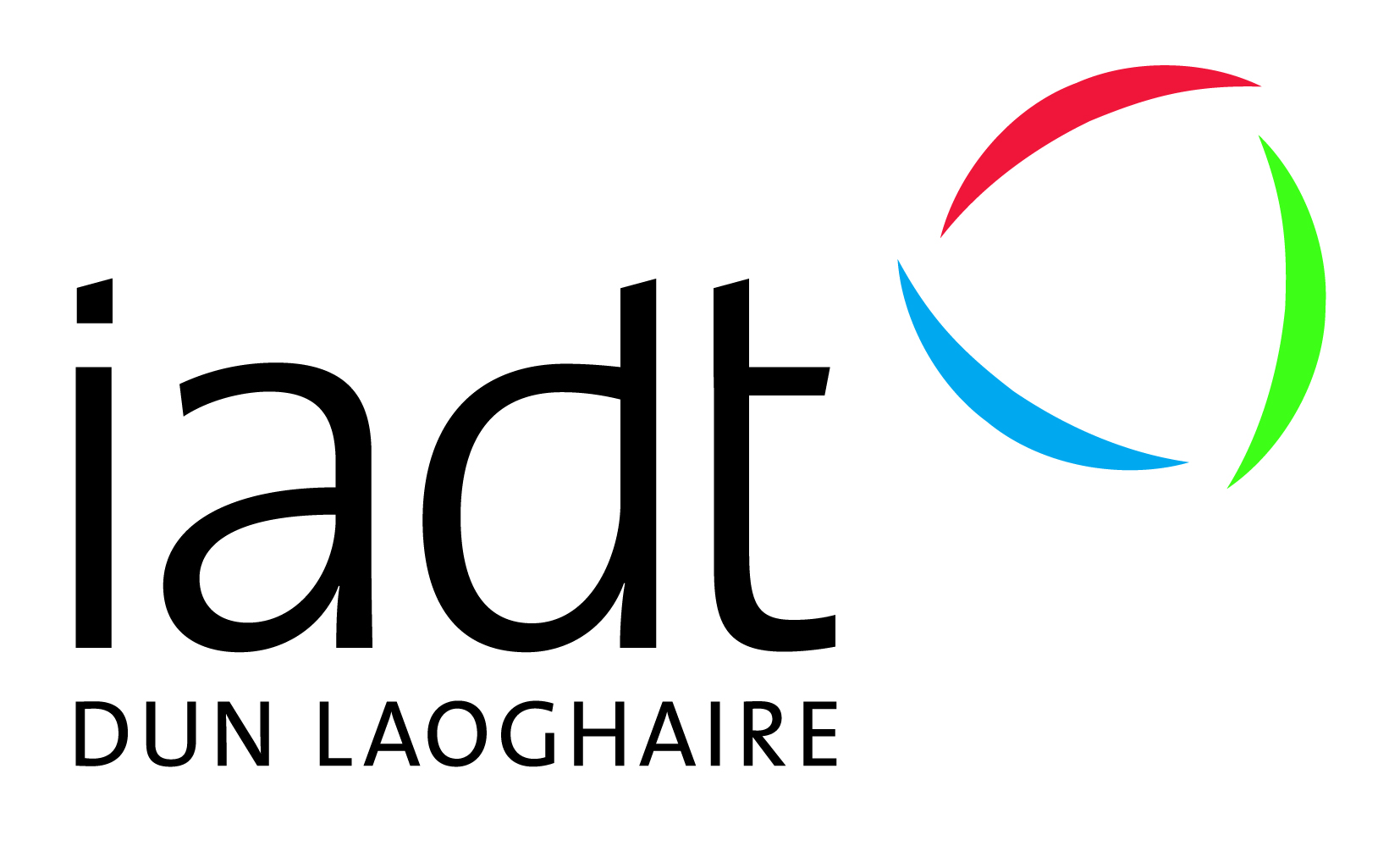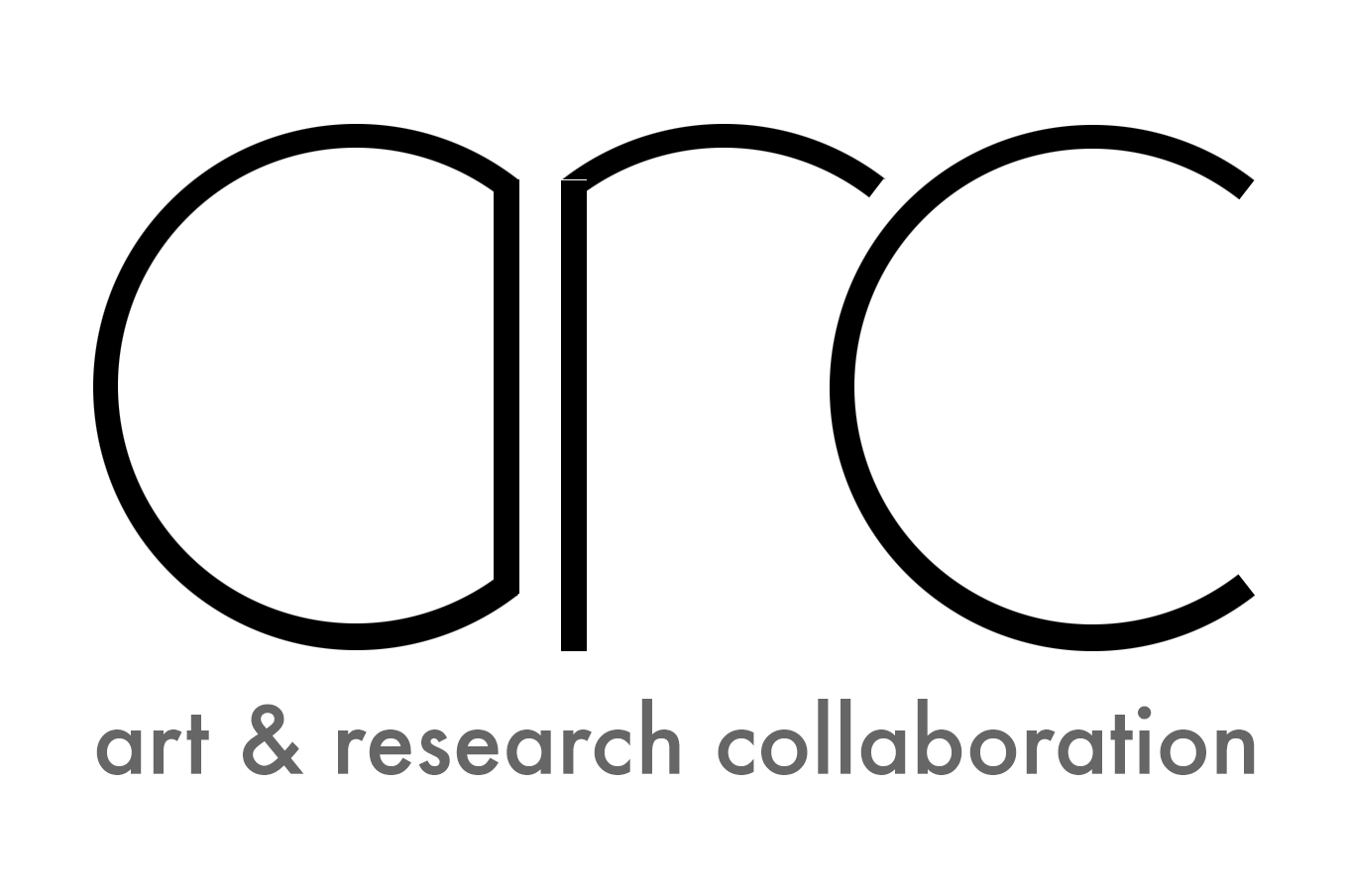Talks & Events Information
Once you have made a booking, you will receive a notification by email with information about your event. If you have general queries about attending Talks at IMMA please see our Frequently Asked Questions page below.
We are delighted to present IMMA Talks Online, a new series of talks specifically programmed for our online audience. The first talk to be presented as part of this series is Media-based Time: Infrastructure and Temporality in 1990s Art by Maeve Connolly. Taking the IMMA Collection of time-based media as her starting point, in this podcast essay Maeve argues that artworks and art collections can provide opportunities for reflection on the changing experience of media and communications technologies. She explores how artworks can formalise, materialise and preserve past media experiences, allowing them to be understood by subsequent generations.

